11 Types of Drywall Perfect for Your Construction Project
Author: Omar Alonso | Editor: Omar Alonso
Review & Research: Jen Worst & Chris Miller
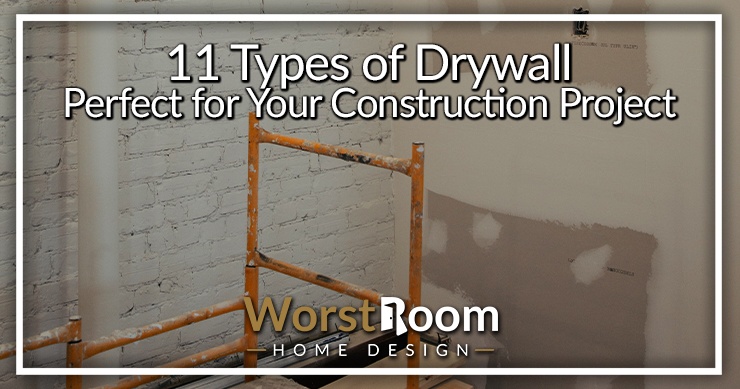
Drywall is an important component, without which no construction project is complete. Also known as sheetrock, plasterboard, gypsum board, or wallboard, the types of drywall are typically a lightweight material, which is available in panels or large sheets and can be easily attached together to create walls.
Drywall is essentially a flat panel that is made of gypsum plaster, which is sandwiched between two thick sheets of paper and is fixed to wood or metal studs using screws or nails.
Drywall is available in different types—white, blue, green, purple, etc. and is used in the interiors or any finished building.
Drywall is used for the construction of walls and ceilings and helps to add character to your home and interiors. Drywall creates beauty along with function and helps you to add special features to your construction such as niches, arches, etc. adding to the elegance of your construction.
11 Types of Drywall
Drywall can be used in both commercial, as well as residential projects and is extremely useful. Here is everything you need to know about different kinds of drywall and its uses, and of course you'll want to check out our list of drywall alternatives next..
Regular Drywall
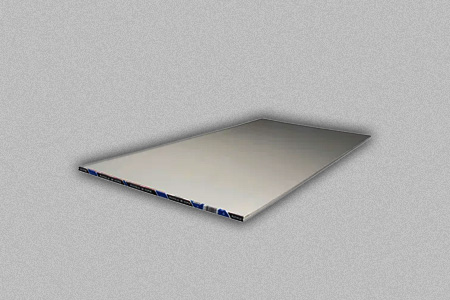
Regular or standard drywall is the most common kind of drywall and the design doesn’t have any special features. It has gypsum that is sandwiched between 2 layers of paper, usually gray or white on the front and brown on the back.
Regular drywall is most commonly used for ceilings, walls and finishing basements. This drywall is the most economical and comes in varying sizes, around ⅜ inch to 1 inch in thickness. The most common size available is 4 ft. x 8 ft. panels.
Green Drywall
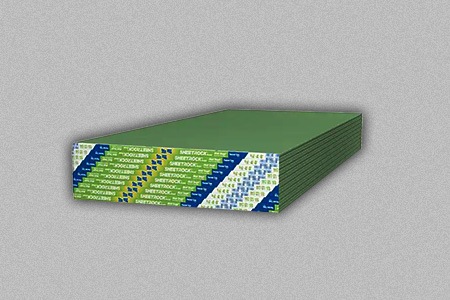
Also called a moisture-resistant drywall backer board, cement board or indoor tile, green drywall has a green covering which makes it more resistant to moisture compared to regular drywall.
Green drywall usually has a special coating and paperless backing that helps to minimize the extent of moisture damage.
Green types of drywall are not completely waterproof, so you must take care not to use it in areas where it will be in contact with water.
Usually, green drywall is used as a backing material for tiles in areas where there is moisture such as bathrooms, kitchens, basement walls, utility rooms, laundry and other humid areas.
Green drywall types are more expensive than regular drywall and generally costs around 20% more.
Blue Drywall
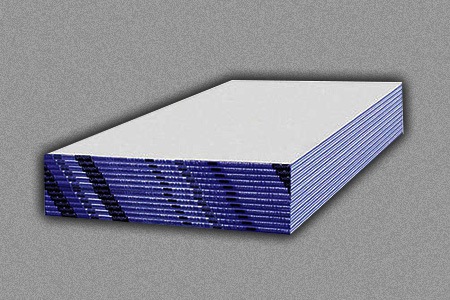
Also known as plaster baseboard, blue drywall is usually used for veneer plastering. The surface paper of the blue drywall has special absorption qualities.
Generally, blue drywall has a higher resistance to water and mold and there are fewer steps for veneer plastering.
Blue drywall is not suitable for any types of paint, paint alternatives, tape, or mud and works very well with places with plenty of moisture such as bathrooms. This is nice because you won't end up with loose drywall tape peeling off the ceiling. It also helps to reduce noise.
Purple Drywall
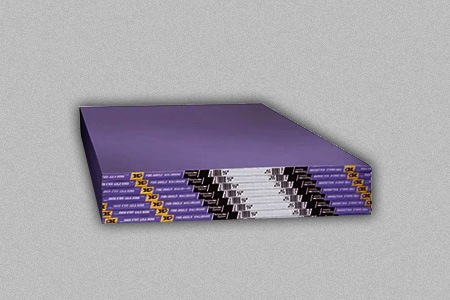
Also, known as mold-resistant drywall, purple drywall is moisture resistant, which makes it resistant to the growth of mold and mildew. It has a special coating and paperless backing, which helps to prevent the build up of mold in humid or moist areas.
If you’re putting up drywall in an area having a lot of moisture such as kitchens, bathrooms and other interior surfaces, then purple drywall may be a good option. And regardless of whether you use insulation batts versus rolls, both will appreciate the extra protection from mold.
Purple drywall also offers good resistance against dents, scratches and scuff, making it suitable for areas with high traffic. However, the only drawback is that the cost of purple drywall is around 30% more as compared to regular drywall.
Paperless Drywall
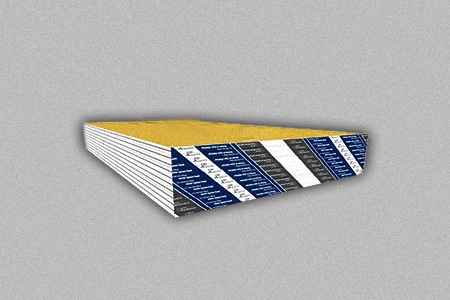
In recent times, paper drywall is being replaced by paperless drywall. Essentially, instead of being covered with paper, paperless drywall is covered with fiberglass, which helps to protect the gypsum from rot and also provides greater resistance to mold and mildew.
Paperless drywall is tougher when compared to standard drywall; however, many professionals claim that it is much easier to cut.
Also, paperless types of drywall has a slight texture, which can be smoothed out using a joint compound to achieve a clean and smooth finish or you can keep it for a modern drywall texture. Paperless drywall is a great option to use in bathrooms and kitchens.
Cement Board
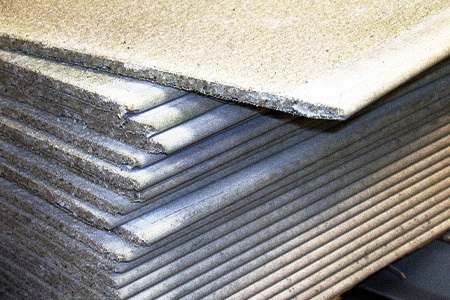
This is quite a popular choice for areas with high water and moisture such as shower and bath areas. The cement board is made with cement and reinforced with fibers, resulting in an extremely rigid board. This offers a stable base for ceramic tiles. You'll still want to be looking at drywall types of screws for mounting the panels.
Fire-Resistant Drywall
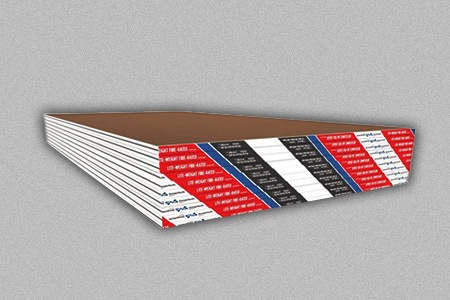
In general, all kinds of drywall are fire resistant; however, the specific fire-resistant drywall varieties offer higher fire resistance than the others.
Usually, building code regulations order the use of fire-resistant drywall i.e. fireboard, Type X, Type C or X board in areas like bedrooms, garages, areas near wood stoves and furnaces, apartment blocks, multi-family housing projects and commercial buildings.
Type X offers higher fire resistance compared to other types of drywall. It is much thicker (⅝ inch) and has glass fibers or non-combustible fibers that are mixed with the gypsum to increase the fire resistance. While it is not fireproof, Type X drywall provides 1 hour of fire resistance.
Type C drywall is around ⅝-inch or ½-inch thick. It contains more glass fibers compared to Type X drywall and it has a gypsum core, which has vermiculite that is shrinkage compensating. Type C drywall has a higher fire resistance than Type X of up to 4 hours.
Fire-resistant drywall is usually hung just like regular drywall but is thicker compared to other drywall types. The features of the fire-resistant drywall help to slow the spread of fire and burn, allowing more time for people to escape while also helping minimize the damage.
It also produces less smoke compared to regular drywall. However, fire-resistant drywall is more expensive than regular drywall.
Soundproof Drywall
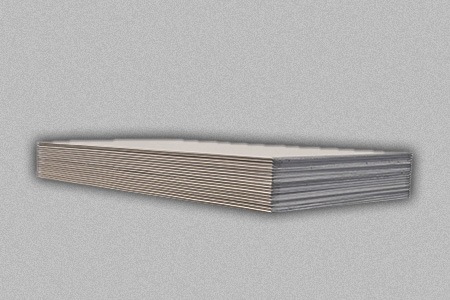
Usually, soundproof or sound-dampening drywall comprises laminated drywall with alternate layers of gypsum and other materials like wood, metal, ceramic, plastic polymers and glue increasing the sound transmission class (STC) and thereby, reducing the transmission of noise from one room to another.
Soundproof drywall is stiffer and denser compared to regular drywall, which helps to reduce vibration. Because of its sound dampening characteristics, this type of drywall is often used in music rooms, family rooms, etc. to reduce noise.
While you don’t require any special equipment or tools to install soundproof types drywall, the drywall is much denser compared to regular drywall and can be more difficult to cut.
Soundproof drywall is more expensive, around 400% more than standard drywall. If you want better soundproofing, then it is recommended that you combine the soundproof drywall along with your types of fiberglass insulation.
Eco-Friendly Drywall
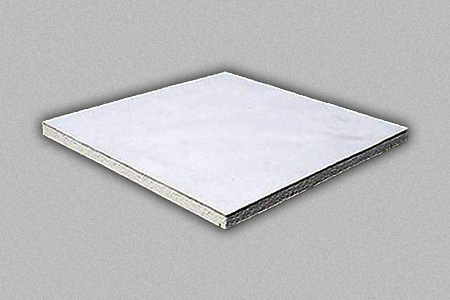
In recent years, the use of eco-friendly drywall has become very popular. This is not only environmentally friendly in terms of the manufacturing processes and materials used, but also offers a high-quality drywall option for your home. There are two types of eco-friendly drywall products.
Enviroboard
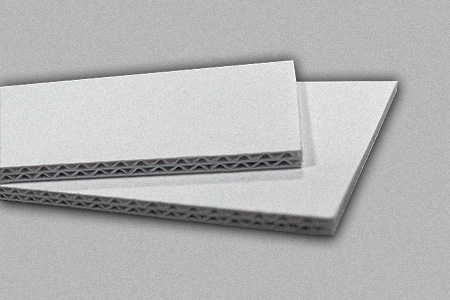
Enviroboard essentially is made of compressed fiber panels, which make use of ecologically safe material. These are usually made from waste fibers that are obtained from the newspaper and agriculture industry, etc. that are compressed into solid panels to make ceilings and walls of buildings and homes.
Eco Rock
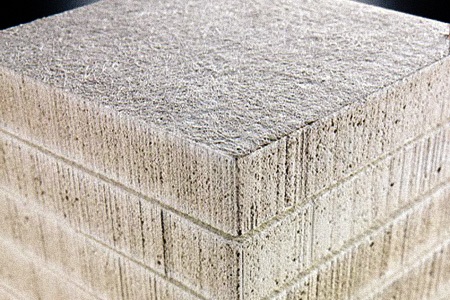
This is usually composed of more than 20 different recycled industrial byproducts like kiln dust, fly ash, slag, etc. These industrial byproducts are mixed with water and fillers, which creates a paste that can be poured.
The drywall product, Eco Rock, is created using this process and offers major advantages of resistance to all types of termites and mold.
Different Types of Drywall Thickness Options
Drywall types usually come in 4 thicknesses. Each of these offers a specific purpose and use. You can estimate the price of all materials (types and widths of drywall) and the cost of hiring a contractor (or the price you'll offer as a contractor) to perform the job by using tools such as CostCertified or other similar tools.
1/4-Inch Drywall
Of all the options, ¼-inch drywall is the thinnest and is used as a skimming material. It is usually mounted over an existing wall to hide blemishes or refresh its look. ¼-inch drywall is very thin, making it quite easy to manipulate the material and making it ideal for walls having a slight curve.
3/8-inch Drywall
This is thicker compared to the ¼-inch drywall and is also a good option for curved walls. 3/8-inch drywall is used to repair existing drywall that requires patching.
1/2-inch Drywall
This is the most common thickness of drywall available and is a popular choice for interior walls as it can be carried and hung quite easily. If you want a more lightweight option, then you can consider an ultra-light ½-inch drywall, which is 13 lb lighter compared to other varieties of the same thickness.
5/8-inch Drywall
This is the thickest drywall option available. It is fire resistant and also good for soundproofing. 5/8-inch drywall prevents sagging in the long run, which makes it an excellent option for ceiling applications.
Types of Drywall for Every Project's Needs
Whether you’re remodeling your home or constructing a new building, getting the right building materials is extremely important. The ceilings and walls should be durable and stable and using a drywall system is a good option.
Drywall is very convenient to use; it can be cut into all sizes and can be installed and removed easily. So, whatever is your requirement, there is drywall suitable for it and understanding the different types of drywall will enable you to pick the right one for your project. Best of luck!



